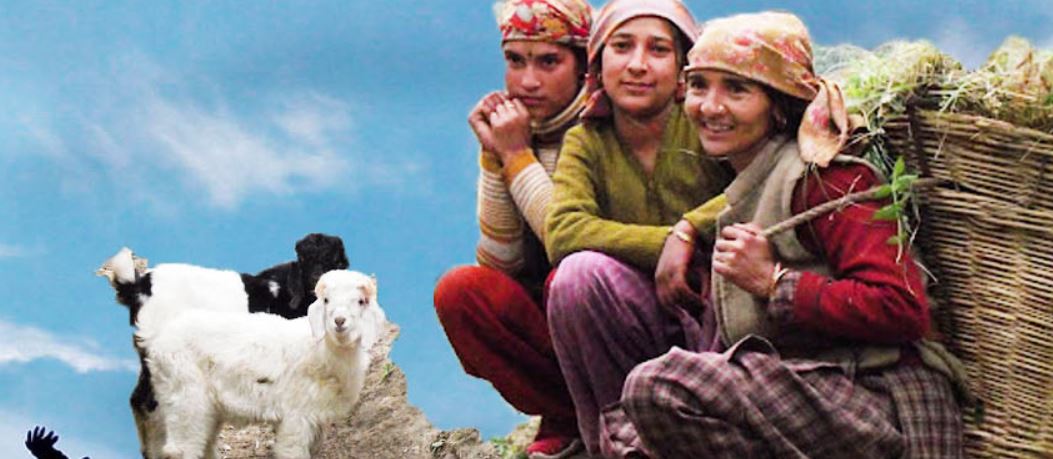
In the early 2000s, Jharkhand was carved out of then-Bihar state as a state to provide a voice to the tribal population who had been routinely ignored and silenced in the politics of Bihar. But do tribal states serve their purpose and provide for a better future of tribals? I sought to find the answer to this question. I decided to see how the HDI varies with the percentage of ST population in a state. The results are quite interesting.
At first, the overall scatter plot looks something like this. At first glance, it looks like there isn’t much of a correlation.

However, something told me the devil lied in the details. It turns out indeed at the aggregate level there is not much of a correlation. However, when we split the data, an interesting divergence is seen.
The first time I split the data for those state with a tribal population percentage less than 35%. As it turned out for all these states there was a moderate negative correlation (pair-wise, Pearson test) between tribal population and HDI for the 95% confidence interval. As I reduced the threshold to 25% and 20% a strong correlation emerged. It would be fair to say states with a low tribal population generally do better in HDI.

Then I turned my attention in the opposite direction. I decided to test for those states with above 40% tribal population. As it turned out there was no significant correlation. I decided to go increase the threshold by nearly 100% and did a correlation test for those states with above 75% tribal population. As it turned out, in this case, there was a strong positive correlation between the tribal population and HDI! Knowing that I had gone overboard I decided to test for those states with above 50% tribal population. This time again- the results showed no significant correlation! The same repeated for 60%, but at 70%, the argument again flipped, showing a very strong positive correlation between tribal population and HDI.
The result (at least to me) seemed coherent with what we hear and read about in the news about tribal neglect and oppression. The seemingly incoherent results for different thresholds made perfect sense to me in the following way-
- It is common knowledge that tribals are the most socially and economically backward population. In most cases their representation in public institutions is limited and their issues ignored.
- However, if administrative zones with significant tribal population are created, which is more than 70% tribal population, the baton of power no longer remains among the forward castes. In such a setup, most tribal states have outperformed non-tribal states. When given political and administrative power, tribals have met eye-to-eye with their FC counterparts and in a lot of cases out beaten them too!
- States with tribal population between 20% and 60% are an interesting bunch. These include states of- Arunachal Pradesh, Chhattisgarh[1], D&N Haveli, Jharkhand, Madhya Pradesh[2], Manipur, Orissa, Sikkim and Tripura[3](where Bengalis displaced tribals as the politically empowered group). With the sole exception of Sikkim, none have an HDI above 0.70. Madhya Pradesh and Jharkhand[4] come near with a score of 0.696 and 0.682. Names of most of these states have come up time and again for tribal and Adivasi protests and the political have been criticised for either ignoring or crushing tribal demands. In most of these states, positions of power have been concentrated in the hands of Forward Castes instead of tribals suggesting a history of neglect for STs.
India must come up with an administrative set-up where Tribals find voice and are given positions of power and roles in running their states and regions. As the data suggests the story of tribal backwardness is a story of discrimination, neglect and oppression.
Disclaimer: Images and plots
belong to author. Use with appropriate citation.
[1] https://www.hindustantimes.com/editorials/decoding-tribal-alienation-in-chhattisgarh-ht-editorial/story-GrtjbrNgk3KkAynhhSE08M.html
[2] https://www.news18.com/news/india/cant-they-hear-us-thousands-of-tribals-stage-protest-in-delhi-to-claim-land-under-forest-rights-act-2395647.html
[3] https://www.northeasttoday.in/refugee-problems-in-north-east-india/
[4] https://www.thehindubusinessline.com/news/national/bjp-has-a-tribal-problem-in-jharkhandepep/article30141357.ece
Pratyush is a student of Vellore Institute of Technology and a self-taught Economics Enthusiast.